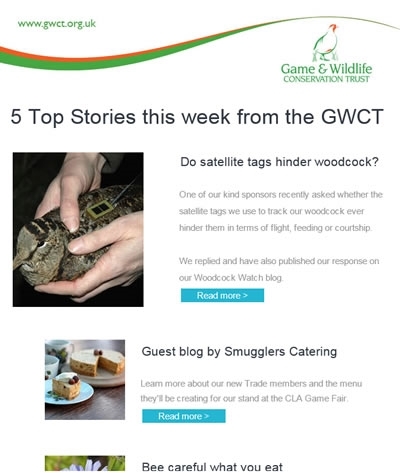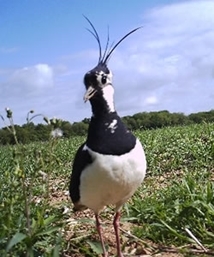 By Lizzie Grayshon, GWCT Wetlands Research Assistant
By Lizzie Grayshon, GWCT Wetlands Research Assistant
The ‘Waders for Real’ Life+ project was launched this year with the aim of reversing the decline of breeding wetland birds in the Avon Valley.
This project combines a local farmer-led initiative within the private sector (farmers and landowners), conservation charities (Game and Wildlife Conservation Trust GWCT, Hampshire & IOW Wildlife Trust), and the public sector (Natural England, Environment Agency).
The GWCT has been involved in monitoring breeding waders in the Avon Valley for over 20 years. Since 2007, we have collected information on lapwing breeding success on 15 farms.
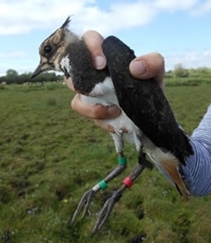 The Avon Valley is typical of river valley situations where other biodiversity considerations are also important and the feasibility of effectively reducing predator impacts is constrained by the landscape and multiple land ownership.
The Avon Valley is typical of river valley situations where other biodiversity considerations are also important and the feasibility of effectively reducing predator impacts is constrained by the landscape and multiple land ownership.
Our monitoring data from 2007 clearly shows that poor breeding success is driving the decline in lapwings and that low nest and chick survival is the result of high levels of predation.
Wader and predator numbers
This spring and summer numbers and breeding success of lapwing and redshank along with the abundance of predators have been recorded. Individual lapwing chicks were monitored using radio-tracking and colour ringing to investigate survival.
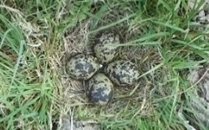 A total of 57 nests were found along the Avon Valley and over 50% of nests hatched. Unfortunately chick survival was poor with pair productivity still below the level required to maintain a stable population (0.7 chicks per pair).
A total of 57 nests were found along the Avon Valley and over 50% of nests hatched. Unfortunately chick survival was poor with pair productivity still below the level required to maintain a stable population (0.7 chicks per pair).
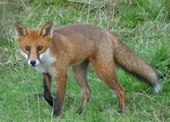 From March to July inclusive, predator activity was monitored more closely than in previous years. On each of the four hotspot areas, timed point-counts during the daytime, and around twilight from strategically located high-seats, provided an index of activity for corvids, raptors, foxes and other predatory species.
From March to July inclusive, predator activity was monitored more closely than in previous years. On each of the four hotspot areas, timed point-counts during the daytime, and around twilight from strategically located high-seats, provided an index of activity for corvids, raptors, foxes and other predatory species.
Mink rafts set along the main river and adjoining channels recorded mink and otters. Ink-tracking tunnels were set on a grid-system across the surrounding water-meadows and wet grassland areas, to record stoats, weasels, polecats and other small mammalian predators. Approximately 40 camera traps, deployed across each of the four hotspot sites, further added to the picture and generated close to a million photographs.
Improving habitat for waders
The monitoring this year has allowed us to more effectively plan habitat improvement to begin this autumn. EU Life+ funding is being targeted at restoring four ’hotspots’ to optimal wader breeding habitat.
Habitat management has now begun on one of the sites very close to our head office in Fordingbridge. We are working together with students from Sparsholt College Hampshire to connect fields creating more open habitats, suitable for breeding lapwing and redshank.
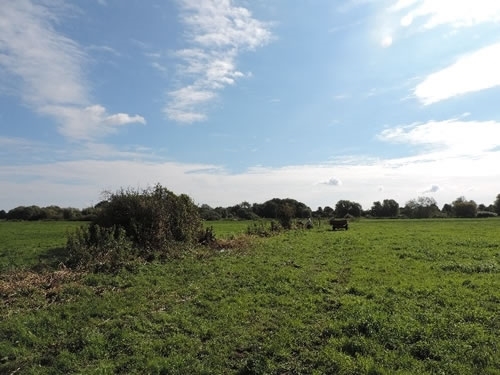
We are also adding scrapes to create ideal chick foraging habitat for lapwing. We hope that with improved habitat we will be able to lower predation levels and chick survival will be noticeably higher over the course of the four year project.
We should also see the benefits of our habitat management in other species such as ducks, invertebrates and bats.
For more information on the project please click here and follow us on Twitter @WadersForReal.
Stay updated on this project
To keep updated on this and other GWCT projects please sign up to our FREE newsletter >
